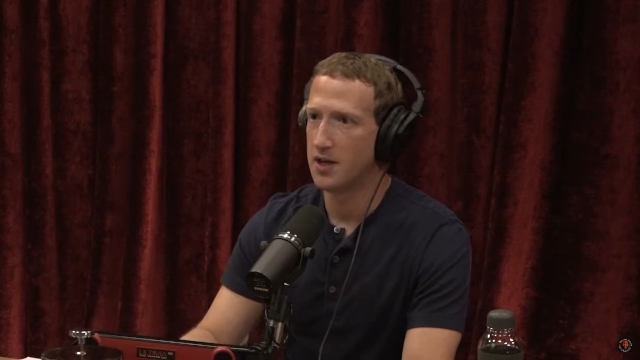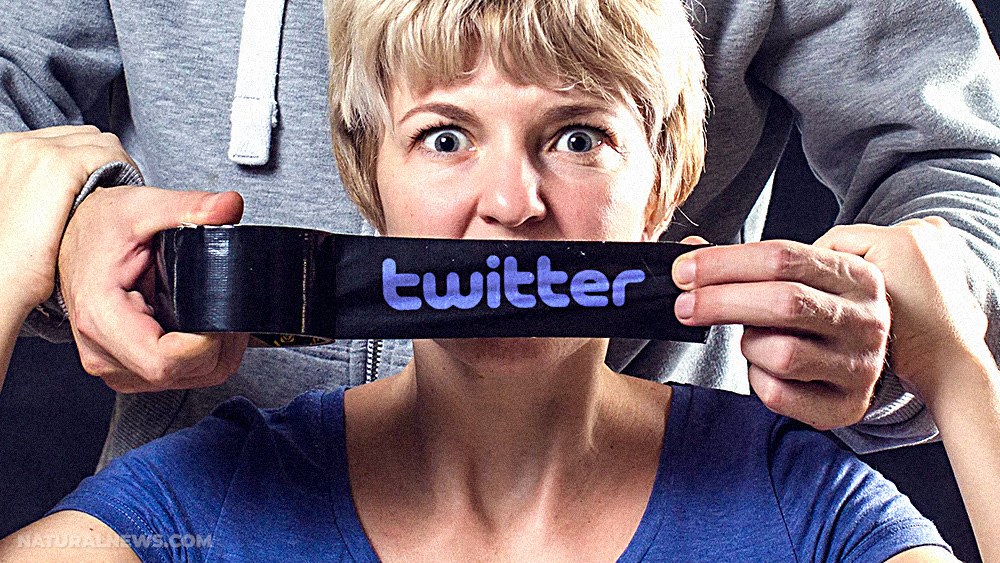‘Fake meat’ from Impossible Foods, backed by Bill Gates and Google, is loaded with GMOs and MSG … Is anyone surprised?
04/17/2017 / By Ethan Huff

When it comes to innovation in Silicon Valley, nothing is sacred – including meat! That’s right, a team of chemical scientists has developed a new type of fake meat under the branding of “Impossible Foods” that, with the backing of Bill Gates, Google and many of the other usual suspects, is now being pushed as a viable meat alternative that looks, tastes and smells like real meat. But underneath its juicy surface are toxic ingredients like genetically-modified organisms (GMOs), monosodium glutamate (MSG), fake vitamins and all sorts of other toxins.
The concept, which perhaps not surprisingly falls under the banner of “sustainability,” centers around removing from the food chain actual meat products and replacing them with meat-like products that are often branded as being sourced from “plants.” Impossible Foods is no exception, with its marketing tagline claiming that the product is made “entirely from plants” – an absolute misnomer if you actually take a gander at the ingredients list.
Included are delectable delights such as textured wheat protein, a defatted flour byproduct often used as a meat “extender,” a.k.a. a cheap filler. Textured vegetable proteins of all varieties are rich in glutamates, which make them members of the MSG family by definition. And MSG, as you may be aware, is considered to be an “excitotoxin” that rapidly destroys brains cells on impact, and is hardly the healthful, nutritious substance that Impossible Foods purports it to be.
Other MSG derivatives found in Impossible Foods fake meat are yeast extract and soy protein isolate, both of which are also more than likely transgenic in nature. This means that laboratory scientists inserted artificial DNA into the structure of the original plants used to make these ingredients, which also just so happen to be highly-processed and barely nutritious.
But that’s not all! Impossible Foods “burgers” also contain an unusual ingredient known as “leghemoglobin” that Recode.net writer, April Glaser, describes as “plant blood.” It’s similar, some might say, to the blood found in real meat, but it comes from plants — or at least it can be synthesized from plants to resemble blood.
“[Leghemoglobin is] a blood-like compound called heme, and although it’s more concentrated in meat, the scientists at Impossible Foods have figured out how to isolate it in crops like soybeans and clover,” writes Glaser.
Hungry, anyone?
The same man who believes vaccines can help reduce world population is a major funder of Impossible Foods fake meat
But isn’t the planet being destroyed by meat production, hence the need for more plant-based foods like fake meat? Not exactly. Besides the questionable science backing the need to ditch meat in order to stop global warming or whatever, there is no mention made in any of the Impossible Foods puff-pieces or marketing literature about how creating the ingredients used in its products is also harmful to the planet – GMOs, for instance, are a chemical nightmare for soil.
Beyond this, Bill Gates, the same man who has repeatedly commented that if more people would get vaccinated it would help reduce the world’s population, is a major financial backer of Impossible Foods. Much of the $182 million in venture capital that was used to jump start the company in 2011, came from Gates, which should have everyone who knows a thing or two about this eugenicist asking the question: Now, why on earth would he support something like this? The answer is certainly not one of helping people gain more nutrition through their diet, that’s for sure.
Sources for this article include:
Submit a correction >>
Tagged Under:
Fake, Impossible Burger, Impossible Foods, meat, toxins
This article may contain statements that reflect the opinion of the author
RECENT NEWS & ARTICLES
COPYRIGHT © 2017 GLITCH.NEWS
All content posted on this site is protected under Free Speech. Glitch.news is not responsible for content written by contributing authors. The information on this site is provided for educational and entertainment purposes only. It is not intended as a substitute for professional advice of any kind. Glitch.news assumes no responsibility for the use or misuse of this material. All trademarks, registered trademarks and service marks mentioned on this site are the property of their respective owners.



















